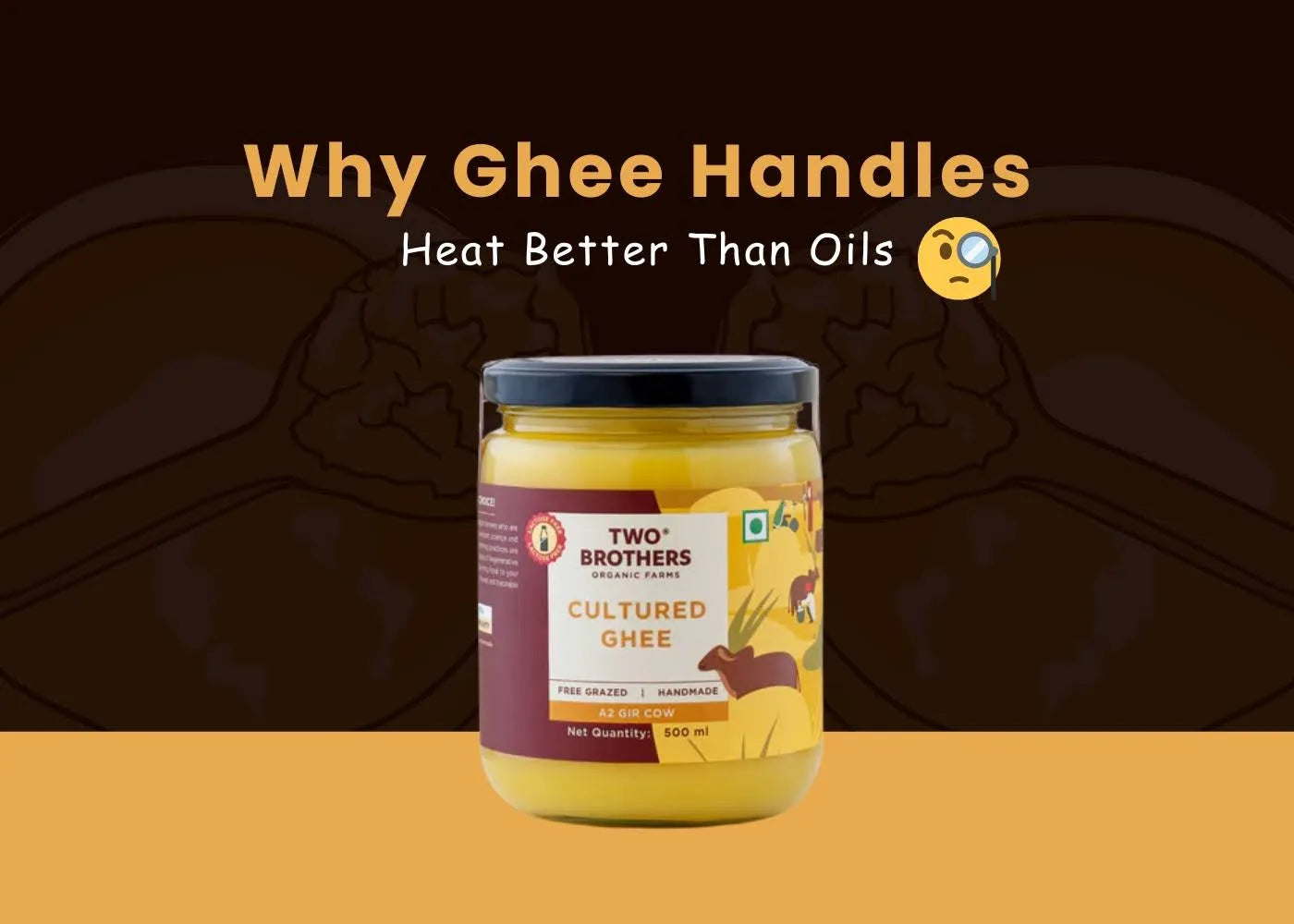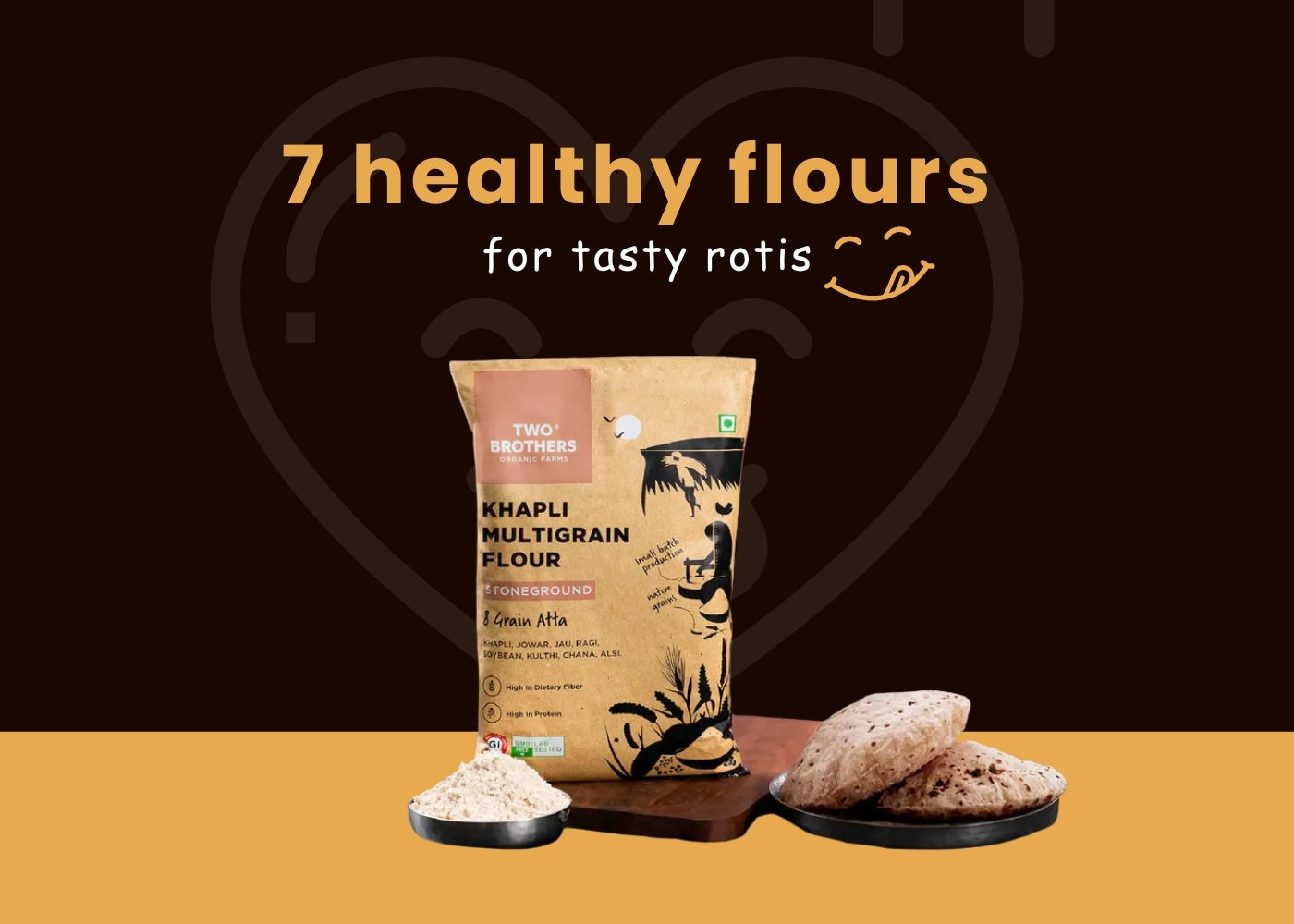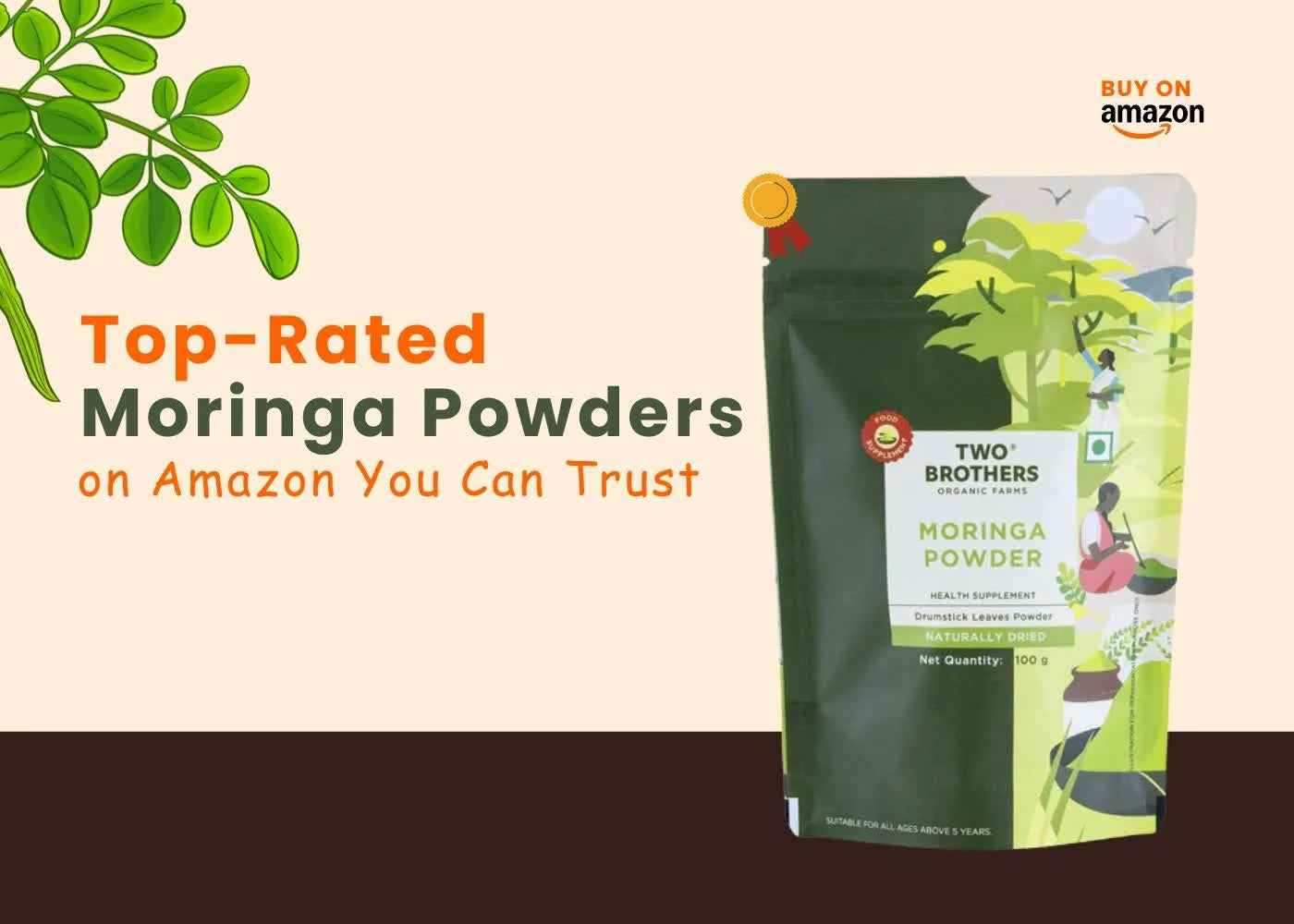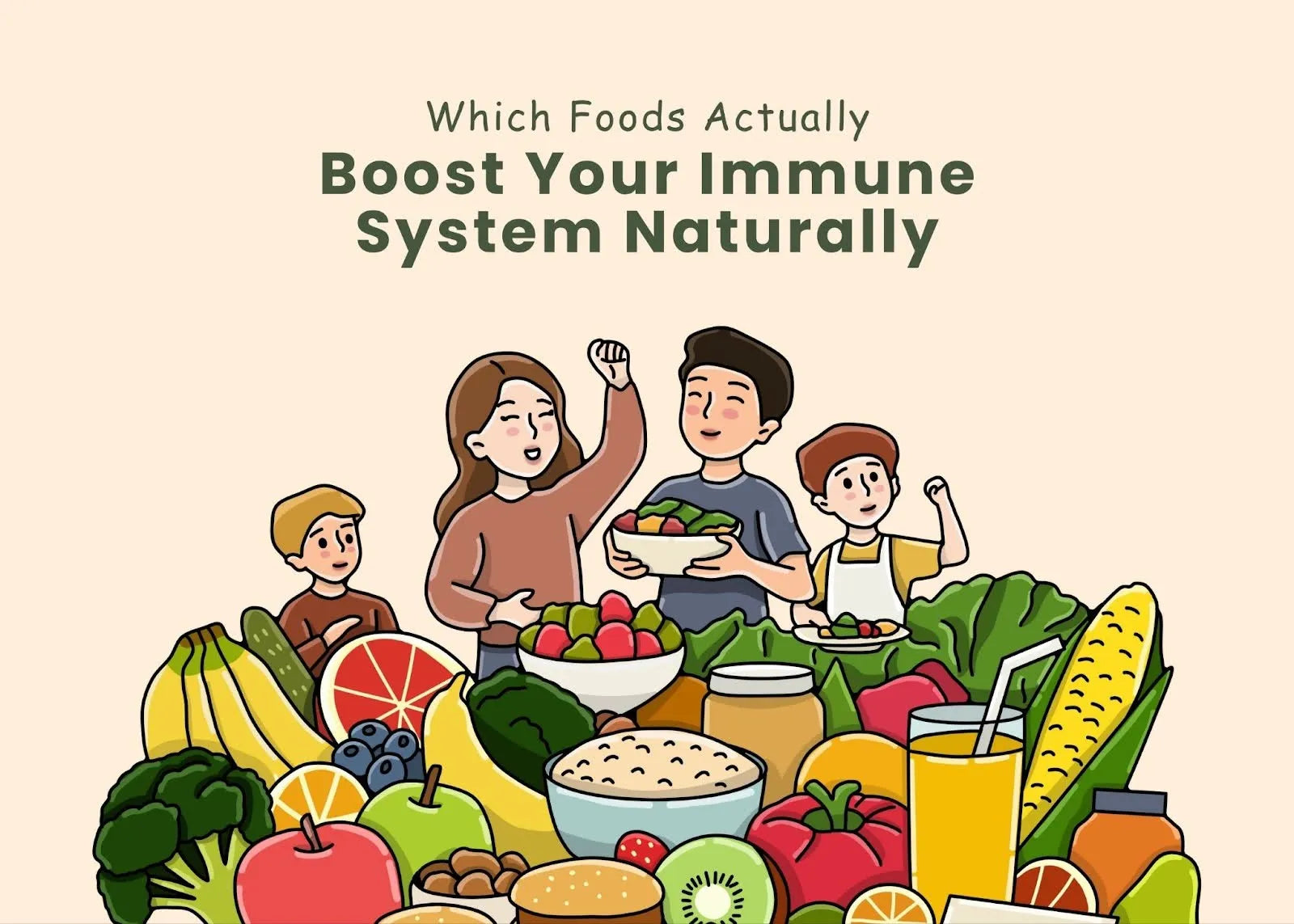When the calendar fills with birthdays, holidays, or just those moments when something sweet feels necessary, many find themselves reaching for butter. But what if someone in your family can't have dairy? Or what if you're simply looking for something that brings out richer flavors and a better texture in your baked goods? That's where ghee vs butter becomes more than just a kitchen debate; it becomes a solution.
Ghee has been used in Indian kitchens for thousands of years, not just for cooking but as a form of nourishment and healing. Now, modern bakers around the world are waking up to what traditional wisdom has always known: cooking with ghee vs butter offers something special. Whether you're making cookies, cakes, or flaky pastries, ghee can do what butter does, and often, it does it better.
What Makes Ghee Different from Butter?
The Clarification Process That Changes Everything
Butter is made by churning cream until the fat separates from the liquid. Ghee takes this a step further specially A2 ghee. During the clarification process, butter is slowly simmered until the water evaporates and the milk solids separate. What remains is pure butterfat with a nutty, caramel-like aroma.
This process removes lactose and casein, the two components in butter that cause problems for people with dairy sensitivities. That's why ghee is often called "dairy-free," even though it's made from milk. For anyone avoiding lactose or casein, ghee vs butter isn't even a close call; ghee wins hands down.
Benefits of Ghee vs Butter in Baking
When you bake with ghee instead of butter, you're not just swapping fats. You're upgrading your recipe in multiple ways:
- Higher smoke point: Ghee can handle heat up to 485°F, while butter burns around 350°F. This makes ghee ideal for high-temperature baking without the risk of a burnt taste.
- Richer flavor: The clarification process gives ghee a deeper, nuttier flavor that adds warmth to baked goods.
- Better texture: Because ghee is pure fat with no water content, it creates flakier crusts, softer cookies, and moister cakes.
- Longer shelf life: Ghee doesn't need refrigeration and stays fresh for months, making it convenient for spontaneous baking sessions.
Why Ghee Works Better Than Butter in Baking
Moisture Without the Water
Butter contains about 15-20% water. When you bake with it, that water turns to steam, which can make some baked goods puff up nicely, but it can also make others soggy or dense. Ghee, on the other hand, is 100% fat. This means your batters and doughs get richness without extra moisture. The result? Cookies that stay crisp, cakes that rise evenly, and pie crusts that don't get soggy.
No Dairy, No Problem
For those who are lactose intolerant or have a casein allergy, cooking with ghee vs butter isn't just about taste; it's about being able to enjoy baked treats without discomfort. Ghee allows you to bake brownies, muffins, and scones that taste indulgent but are gentle on the stomach.
Parents of children with dairy sensitivities know how hard it can be to find alternatives that don't compromise on flavor. Ghee solves that problem. It behaves like butter in recipes but doesn't trigger the same reactions.
Enhanced Flavor Profile
Ghee brings a subtle caramel and toasted flavor that butter simply can't match. When you use ghee in shortbread cookies or banana bread, you get an extra layer of warmth and depth. It's the kind of flavor that makes people ask, "What did you put in this?"
This is especially true when you use traditionally made ghee, like the A2 gir cow cultured ghee from Two Brothers Organic Farms. Made using the traditional Bilona method, this ghee is hand-churned and slow-cooked to preserve its natural aroma, golden color, and healing properties. It's the kind of ghee that doesn't just add fat to your recipe, it adds character.
Learn more about ghee intake.
How to Substitute Ghee for Butter in Baking
The Simple 1:1 Swap
In most recipes, you can replace butter with ghee in equal amounts. If a recipe calls for 1 cup of butter, use 1 cup of melted ghee. Because ghee is pure fat, you might find that your baked goods turn out slightly richer and denser, in a good way.
When to Reduce the Amount
Since ghee has no water content, you may want to reduce the amount slightly in recipes where moisture is key, like cakes or muffins. Start by using about 75-80% of the amount of butter called for, and adjust based on your results.
Use Melted Ghee for Even Distribution
Ghee is solid at room temperature but melts easily. For baking, it's often best to use melted ghee so it blends smoothly into your batter or dough. Just make sure it's not too hot when you add it to eggs or other temperature-sensitive ingredients.
Best Baked Goods to Make with Ghee
Cookies That Stay Crisp
Ghee creates cookies with crisp edges and chewy centers. Whether you're making chocolate chip cookies, sugar cookies, or ginger snaps, ghee helps them hold their shape and texture better than butter.
Flaky Pastries and Pie Crusts
The lack of water in ghee makes it perfect for laminated doughs and pie crusts. You get layers that are flaky, golden, and melt in your mouth. Try using ghee in croissants, puff pastry, or a classic apple pie crust.
Moist Cakes and Muffins
Ghee keeps cakes and muffins moist without making them greasy. It's especially good in recipes that call for oil, like carrot cake or banana muffins. The flavor of ghee adds a subtle richness that oil alone can't provide.
Brownies and Bars
For fudgy brownies and chewy bars, ghee is a game-changer. It creates a dense, rich texture that feels indulgent but isn't overly heavy.
Nutritional and Health Considerations
Benefits of Ghee vs Butter for Digestion
Because ghee is free from lactose and casein, it's easier to digest than butter. People who experience bloating, gas, or discomfort after eating butter often find that ghee doesn't cause the same issues.
Rich in Fat-Soluble Vitamins
Ghee is a natural source of vitamins A, D, E, and K, all of which are fat-soluble and important for immunity, skin health, and bone strength. When you bake with ghee, you're adding more than just fat; you're adding nourishment.
Contains Butyrate for Gut Health
Ghee is rich in butyric acid, a short-chain fatty acid that supports gut health and reduces inflammation. While baking isn't the primary way to consume ghee for health benefits, it's a nice bonus to know your dessert is doing more than just satisfying a craving.
Moderation Is Still Important
Ghee is calorie-dense, so it should be used mindfully. But when compared to processed fats or margarine, it's a far more natural and wholesome choice.
Why Choose Two Brothers Organic Farms A2 Ghee
When you're baking something special, the quality of your ingredients matters. Two Brothers Organic Farms offers Desi Cow A2 Ghee that's crafted using the traditional Bilona method. The cows are free-grazing, nourished on organic pastures, and the ghee is made from curd that's hand-churned and slowly simmered.
This artisanal process retains the natural aroma, golden color, and healing properties of ghee, making it a worthy addition to your wellness routine and your baking routine. Whether you're in India or looking for A2 Ghee in the USA, Two Brothers Organic Farms brings farm-fresh quality straight to your doorstep.
Quick Comparison Table: Ghee vs Butter in Baking
|
Aspect |
Ghee |
Butter |
|
Lactose Content |
None |
Contains lactose |
|
Casein Content |
None |
Contains casein |
|
Smoke Point |
485°F |
350°F |
|
Water Content |
0% |
15-20% |
|
Flavor |
Nutty, caramel-like |
Creamy, mild |
|
Texture in Baking |
Flakier, crisper, moister |
Softer, sometimes soggier |
|
Shelf Life |
Months (no refrigeration needed) |
Weeks (requires refrigeration) |
FAQs
Q1. Can I use ghee in all baking recipes?
Yes, ghee works well in most baking recipes. It's especially good in cookies, pastries, cakes, and brownies. The only exception might be recipes that specifically rely on the water content in butter, like certain laminated doughs.
Q2. Does ghee make baked goods taste different?
Ghee adds a subtle nutty flavor that enhances baked goods without overpowering them. Most people find it adds a pleasant depth rather than changing the overall taste.
Q3. Is ghee healthier than butter for baking?
Ghee is easier to digest and free from lactose and casein, making it a better choice for people with dairy sensitivities. It's also rich in fat-soluble vitamins and butyrate, which support gut health.
Q4. Where can I buy high-quality ghee for baking?
You can purchase authentic, farm-made A2 Ghee from Two Brothers Organic Farms through their official website. It's one of the most trusted sources for pure, traditionally made ghee.
Q5. Can children eat baked goods made with ghee?
Absolutely. Ghee is safe and nutritious for children. In fact, many parents prefer it because it's easier to digest and doesn't cause the same reactions as butter in kids with dairy sensitivities.
Final Thoughts
Baking is more than just following a recipe. It's about creating something that brings joy, comfort, and connection. When you choose to bake with ghee instead of butter, you're choosing a fat that's been trusted for centuries, a fat that's gentle on the body, rich in flavor, and versatile in the kitchen.
Whether you're making a batch of cookies for a school event, a birthday cake for someone with a dairy allergy, or just experimenting with new flavors, ghee vs butter is a choice that pays off in taste, texture, and nutrition.
And when you choose A2 Gir Cow Cultured Ghee from Two Brothers Organic Farms, you're not just choosing quality you're choosing a tradition. A tradition that values the land, the cows, and the care that goes into every jar.
So the next time you preheat the oven, reach for the ghee. Your baked goods and your loved ones will thank you.








